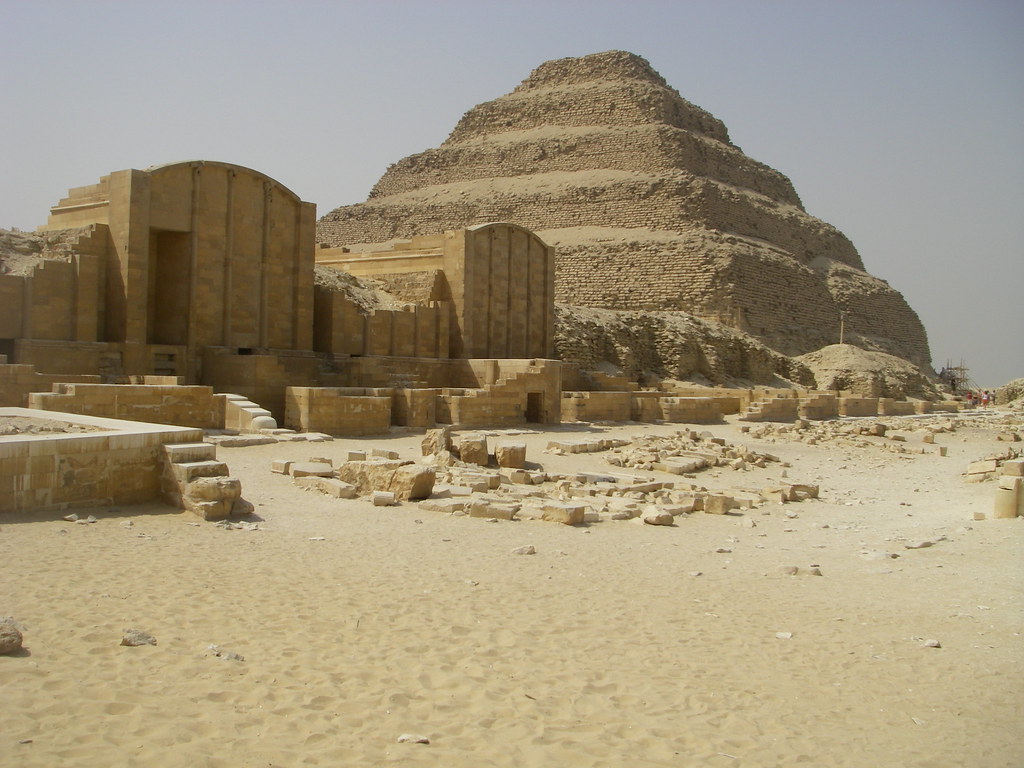
A joint Egyptian-Japanese archaeological mission in north Saqqara headed by Nozomu Kawai of Kanazawa University and Waseda University in Japan succeeded in excavating a Roman-era Catacomb tomb from between the first and second century AD.
The Director General of Saqqara archaeological area Sabry Farah said in a statement on Tuesday that the mission found the tomb in the area located northeast of Saqqara and that no excavation had been done on the site in the past at all.
He said that this tomb is the first one discovered from the Roman era in the Saqqara archaeological area.
The head of the Japanese mission said that the catacomb tomb is a domed building made of mud bricks with an internal staircase.
It has a carved stone chamber made of limestone. Inside is a rock-engraved plaque with a round panel depicting the gods Sokar, Thoth and Anubis from left to right, and below the picture is two lines of Greek inscriptions.
He added that five statues made of terracotta depicting Isis-Aphrodite were found in front of the painting, and a number of small clay pots were found at the entrance gate. The mission also found two statues in the form of lions made of black limestone. Each statue is about 55 cm by 33 cm by 19 cm.
The director of the Saqqara archaeological area, Mohamed Yousef, said that the mission found a stone-carved room outside the entrance gate consisting of a hall about 15 meters long and about two meters wide and some small rooms carved on its side walls.
Inside the tomb is a large clay statue of Isis-Aphrodite about 58 cm high as well as a number of mummies.
Edited translation from Al-Masry Al-Youm




